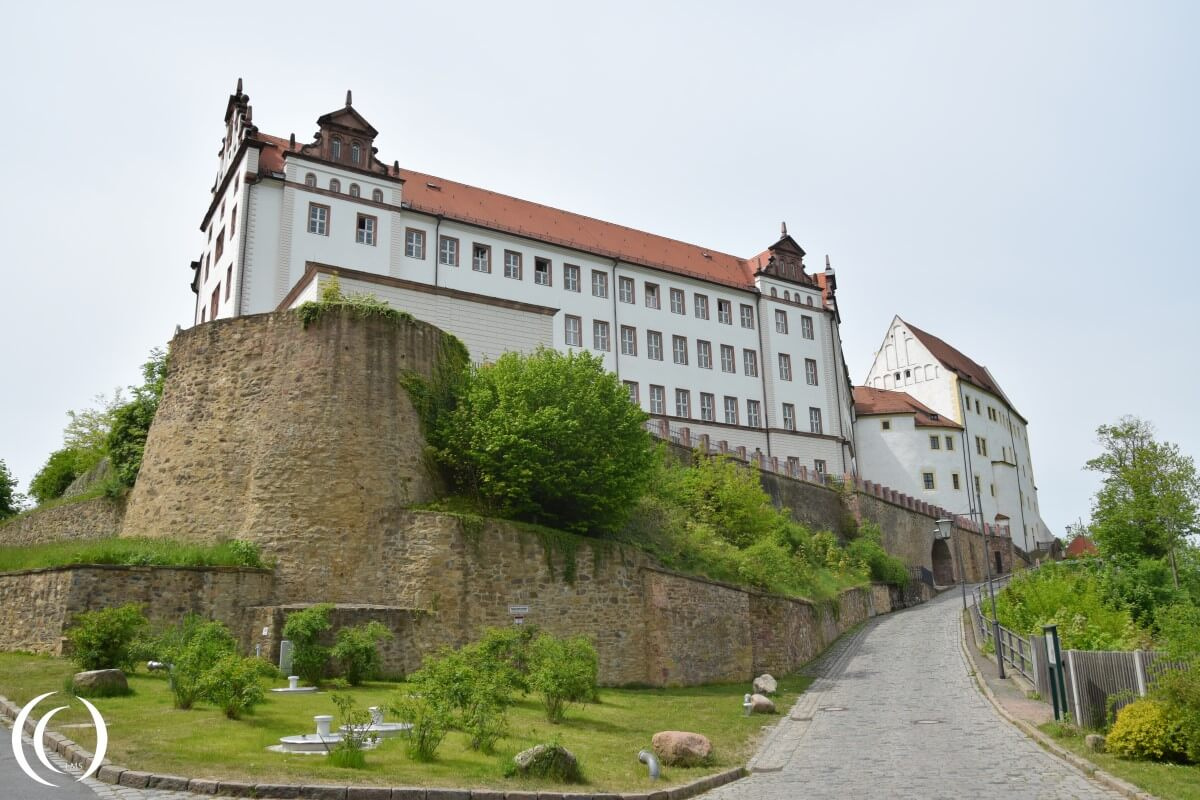
History
Colditz originates from 1046 and was given permission from Henry III of the Roman empire to build and officially document the first settlement. From 1083 Henry III urged to build a castle, over the years it was expanded up to 700 rooms and had a second courtyard. Castle Colditz is situated on a hill and overlooks the town of Colditz in Saxony, during the middle ages it was an important lookout. During the 18th century it was used as a sanatorium. During World War One, from 1914 to 1918, it was a mental and psychiatric institution and they treated tuberculosis here, not very effective though for over 900 patients died of malnutrition in this period. When the Nazi’s came to power in 1933 they turned the castle into a political prison to house communists, Jews, homosexuals and others who opposed the regime. During World War Two they used Castle Colditz as an allied prison.

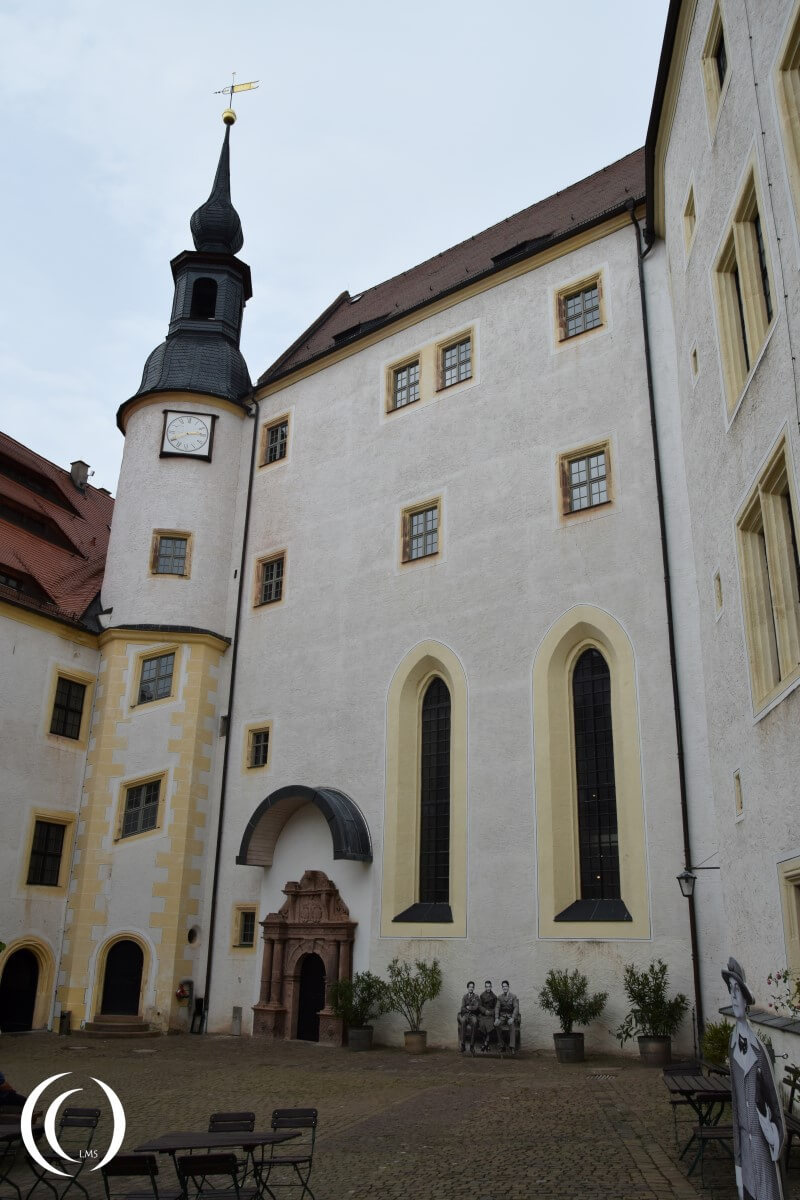
Oflag IV-C
Oflag IV-C or Offizierslager from Military District IV Dresden, camp “C”, was a prison camp for allied officers situated inside Castle Colditz. The first prisoners arrived in November 1939, 140 Polish officers from the German September campaign who were thought to have a high escape risk. In October 1940 the first RAF pilots checked in, Donald Middleton, Keith Milne and Howard Wardle. The latter a Canadian who joined the RAF before the war. From here on more nationalities were imprisoned in the Castle, British, French, Belgian, Polish, Dutch, New Zealand and Yugoslavian and others. On the 23rd of October in 1944 the first American prisoner entered the camp, it was the 49 year old Florimund Duke, the oldest paratrooper of World War Two who was taken prisoner after parachuting into Hungary. The population in the camp was 254 in the early winter of 1944, in March 1945 twelve hundred French officers joined in, with 600 more in the village below.
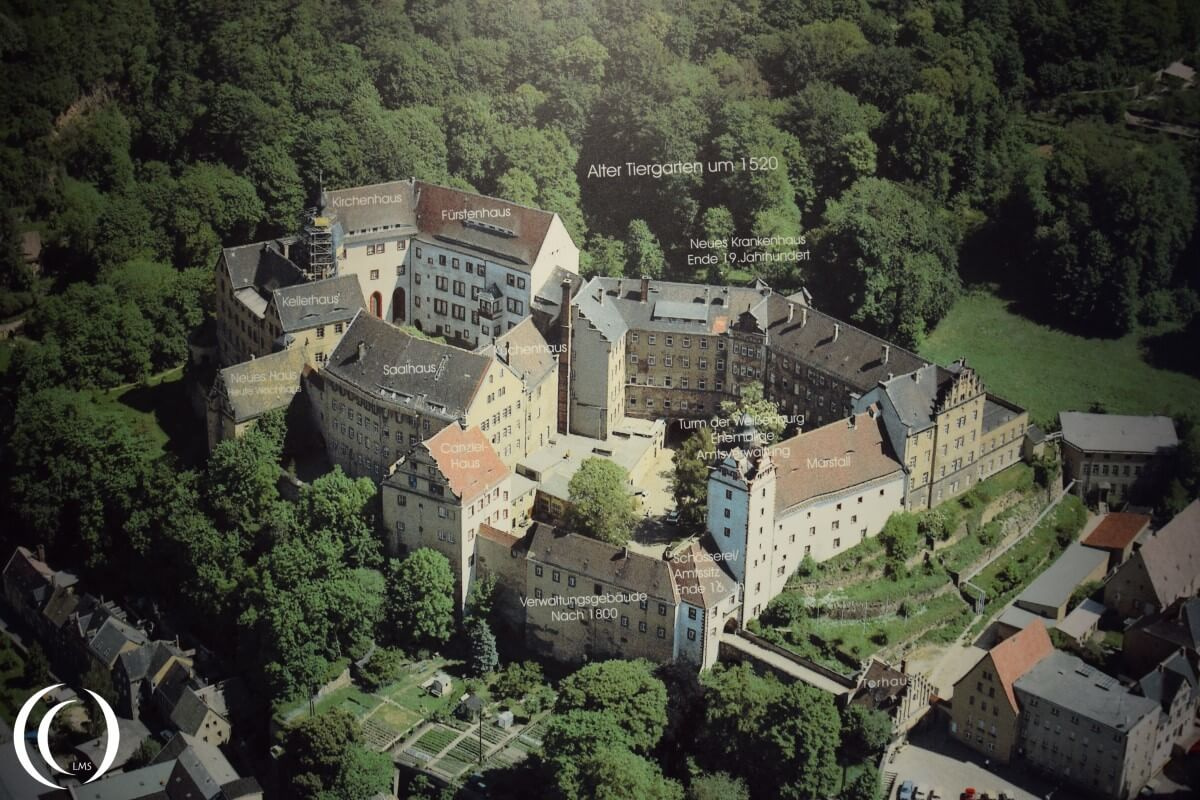
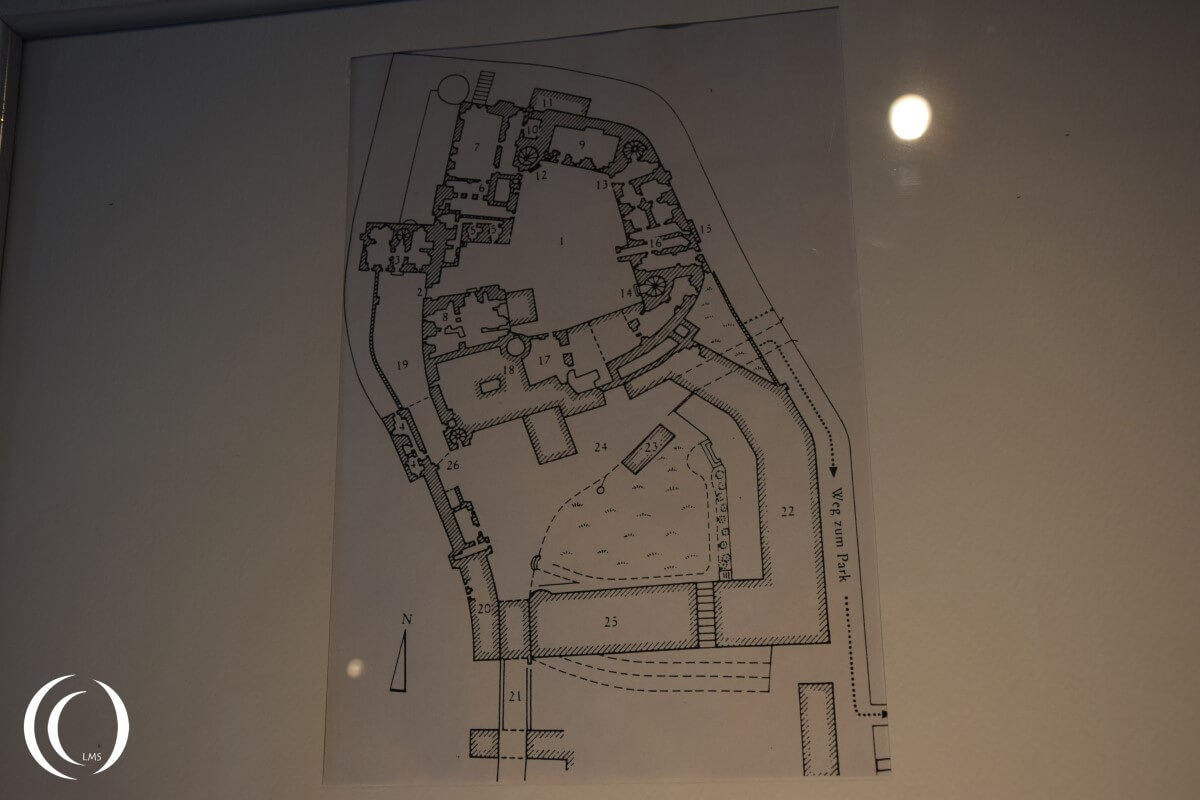
Life inside Castle Colditz
The camp was under Wehrmacht control, the regular army instead of the “SS”. This meant that if an inmate should be punished he was under the Geneva Convention. Therefore solitary confinement was used as punishment instead of execution. Like Stalag Luft III the guards were World War One veterans, older soldiers, and younger boys unfit for the regular army. Because of the Red Cross parcels the prisoners sometimes ate better than their guards. They had a relatively luxurious life, they did not have to work because officers did not have to due to the Geneva Convention. They were allowed to create their own entertainment, practice sports, the Poles even came up with the camp Olympics. The most popular game was ‘Stoolball’, a rough rugby version which helped the prisoners let off some steam during captivity.
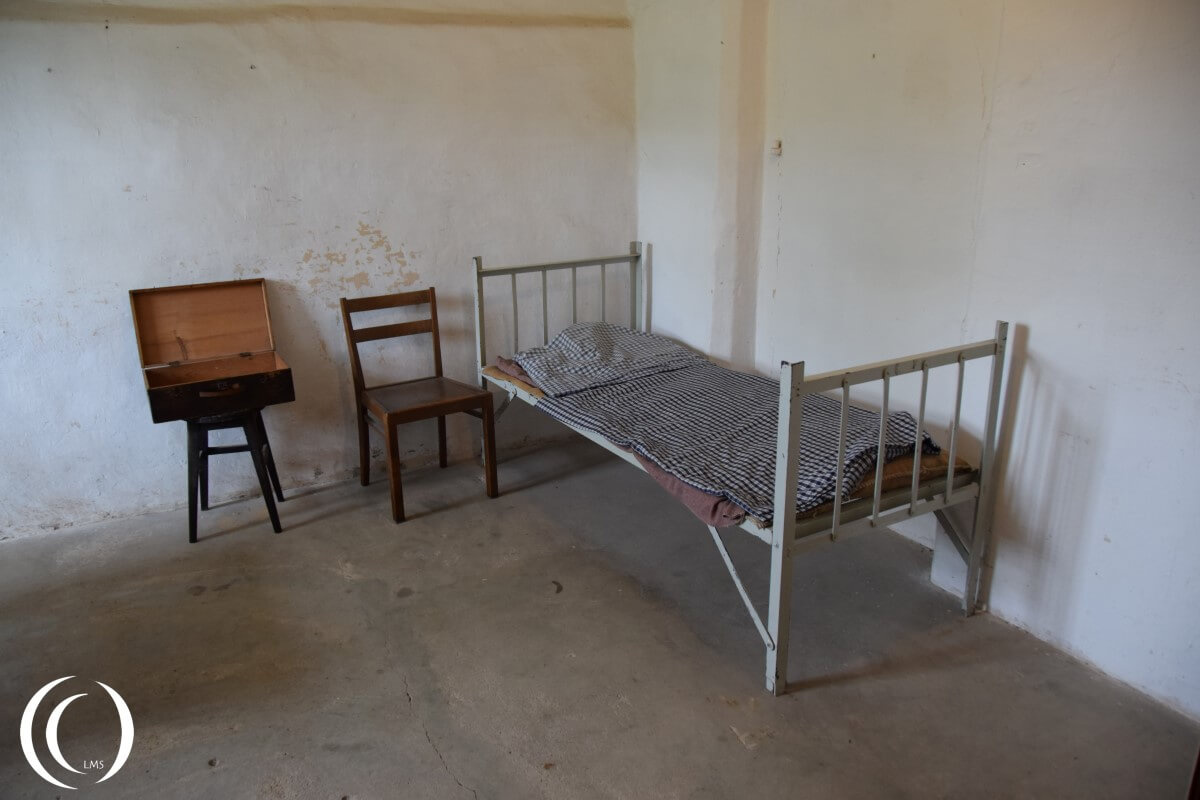
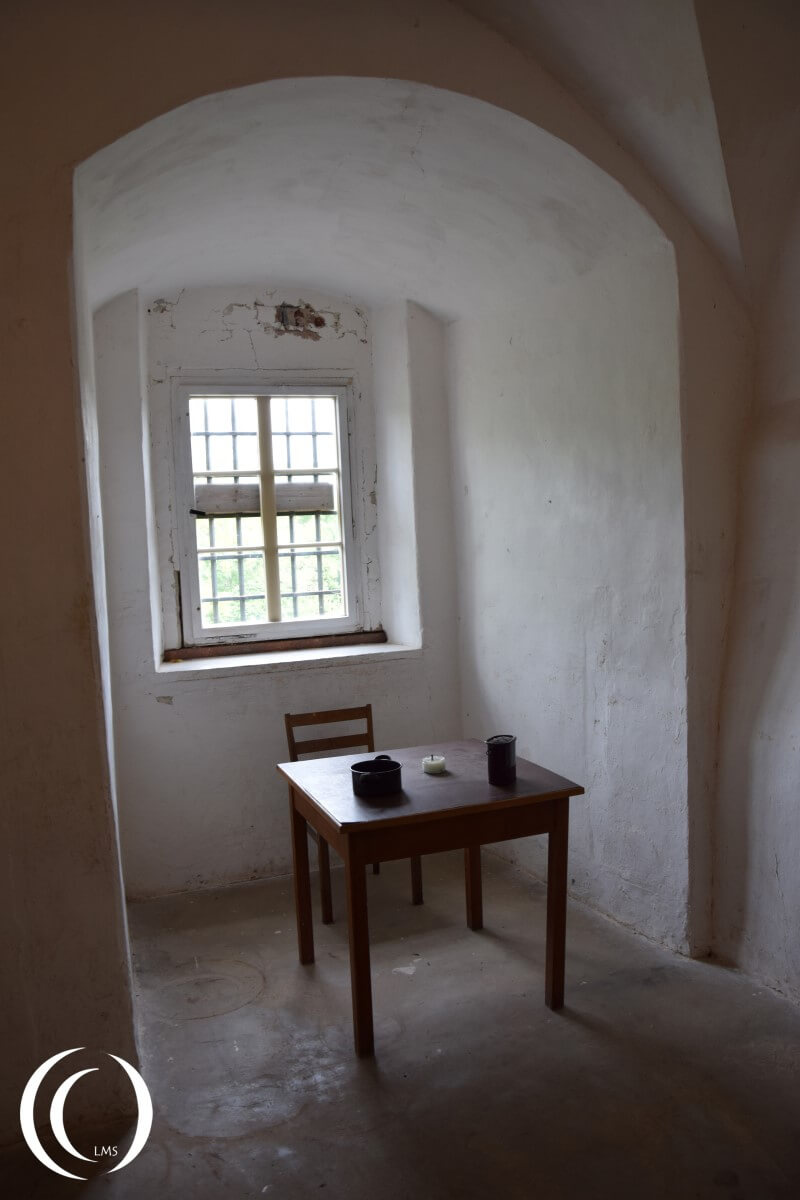
Escapees
Castle Colditz was chosen for its sturdiness, easy to control for the guards and relatively secure location on a hill. Prisoners from other camps who had a high escape urge were sent to more secure prisons like Castle Colditz. Hermann Göring once said that Castle Colditz was escape proof… oh boy was he wrong!
The inmates copied maps, had a radio, duplicate door keys, manufactured their own tools and forged papers. They bought information with their better rations from the Red Cross parcels and acquired it from the German guards. During a self made theatre show one prisoner put brown shoe polish on his legs to make it look like stockings, to wash it off he used the German showers for the inmates were not adequate. While using this shower he ‘borrowed’ tools from the guards. The inmates were really thinking out of the box. A French POW changed into woman clothes and tried to walk out of the gate, fooling two guards but ran into a third guard who discovered the costume for what it really was. They tried to walk out of the gate dressed as German soldiers, even made a plane to glide out of the Castle. It was never tested though liberation came before tryout. The French dug a tunnel which rocked the place, even though the Germans heard the digging they could not pinpoint the location of the site, with only a few meters to go the French were discovered.
Al in all, 300 escape attempts took place in Colditz Castle and about 30 attempts were successful.
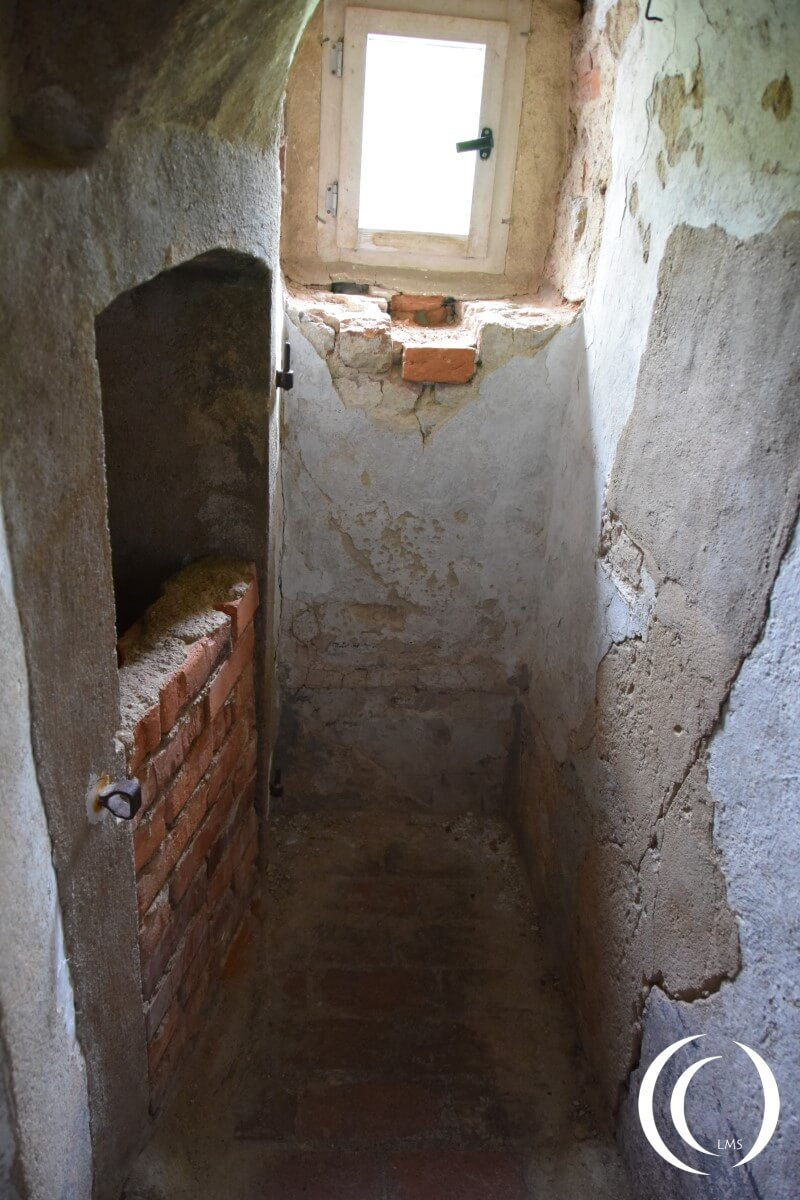
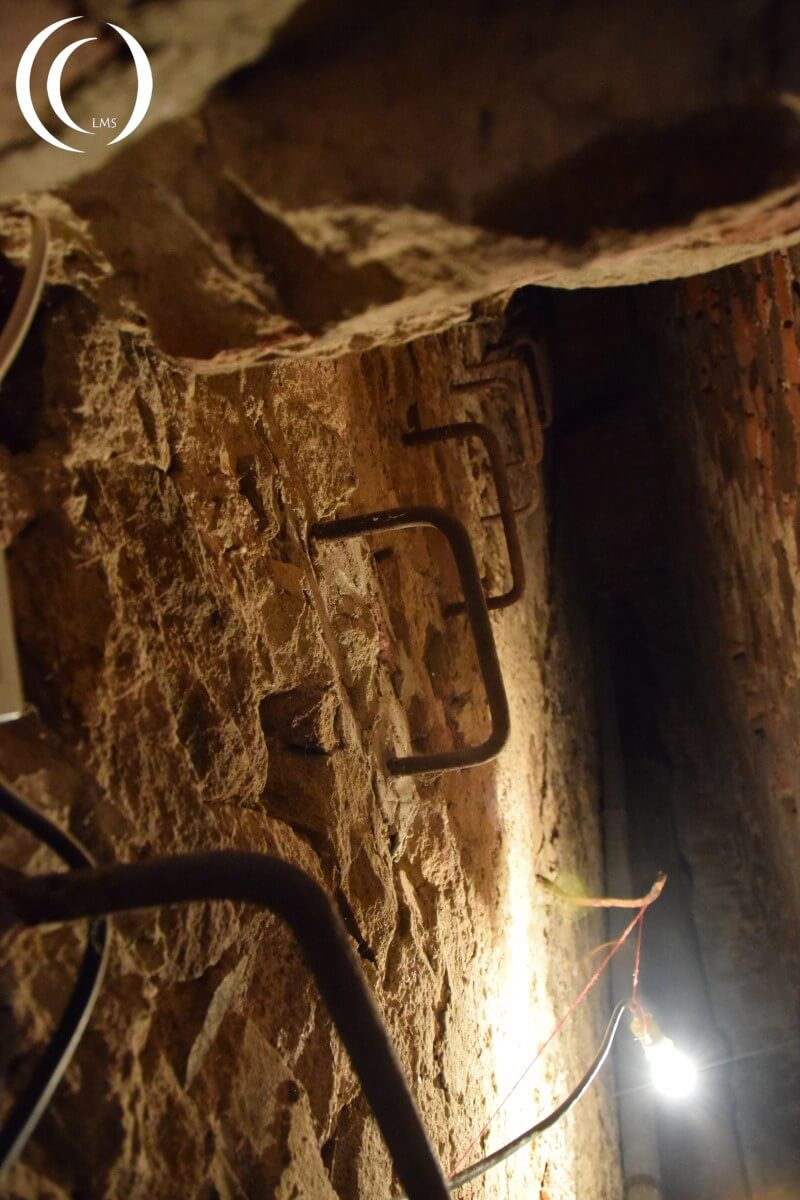
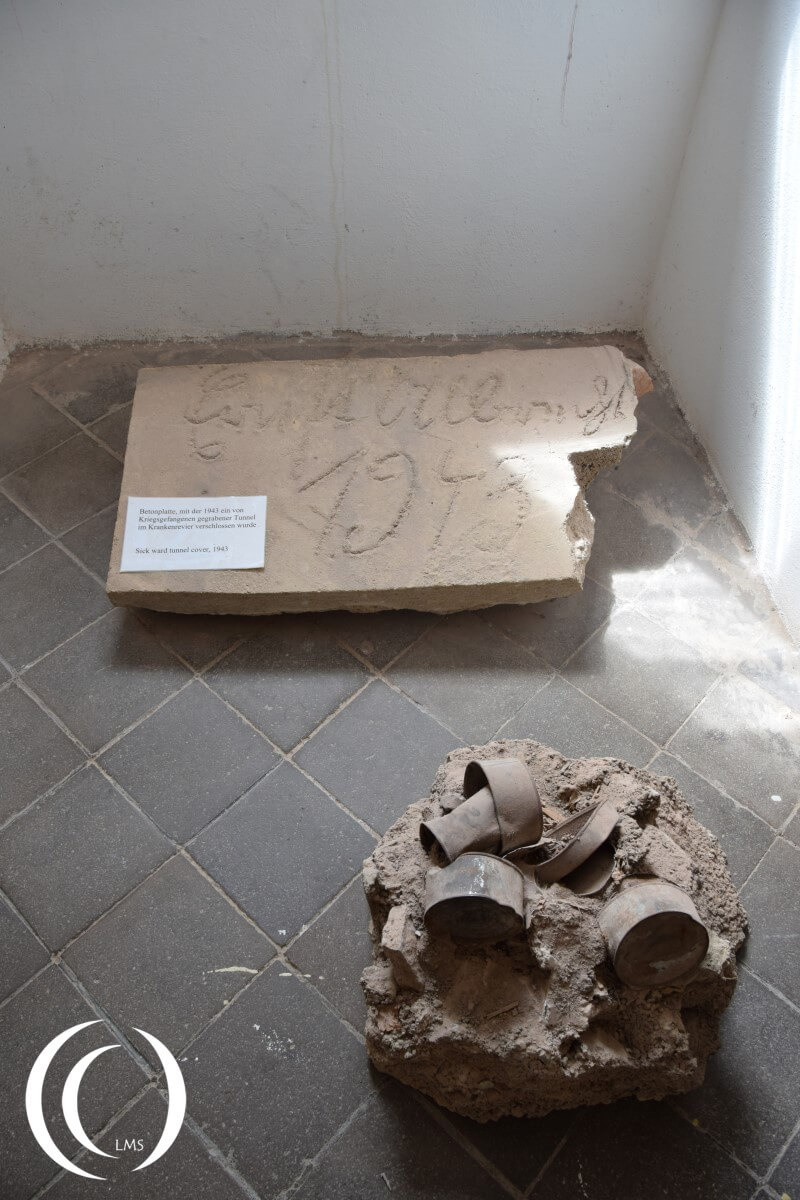
The Singen Route
The Singen route to neutral Switzerland was discovered by the Dutch officer Hans Larive early as in 1940. He escaped this prison camp and fled for Switzerland but was caught near the town of Singen. He escaped from Oflag VI-A in the German town of Soest, after being caught a German Gestapo officer told him which route he should have taken from Singen into Switzerland. Hans Larive smartly stored this information and shared it with other inmates of Castle Colditz. A lot of prisoners escaped using this route later on, Hans Larive used it himself to find his freedom as well.
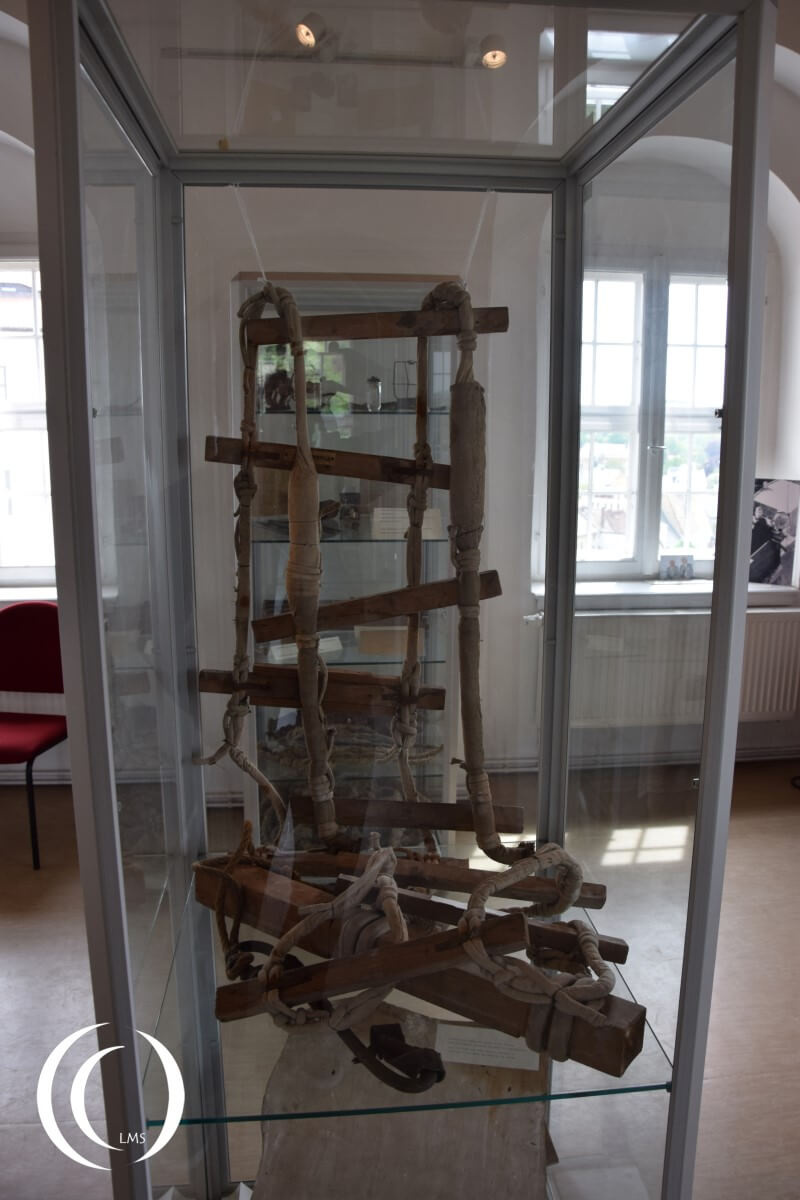


Aktion K
Aktion K is short for Aktion Kugel or Bullet Decree, this command secretly was ordered on the 2nd of March 1944. It states that prisoners who escaped should be handed over to the SD, the Sicherheitsdienst (security service) and had to be executed with the exception of the British and American officers. This order was in conflict with the Geneva Convention of course. The POW’s which were caught after escape from this moment on were sent to the Mauthausen concentration camp and were executed. A rough estimation of 1300 to 5000 inmates are believed to have lost their lives due to this order, mostly Russian prisoners. Five Dutchmen have lost their lives and four more are suspected. The decree soon was amended and fifty British POW’s lost their lives by execution after an escape from Stalag Luft III better known as “The Great Escape”. A memorial of ‘the Fifty’ can be found nearby Stalag Luft III in Zagan, Poland

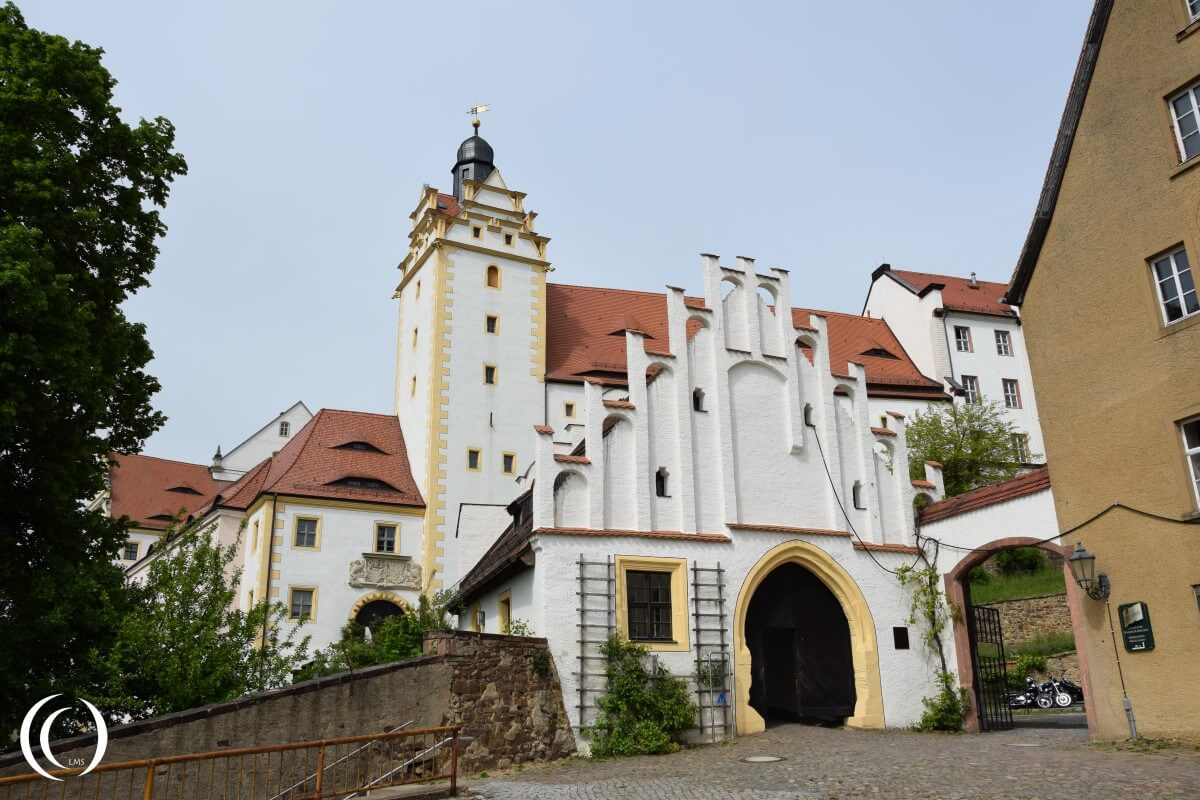

Liberation
On 16 April in 1945 after a two day fight Oflag IV-C was liberated by American soldiers from 1st US Army, two days later they reached the river Elbe and met up with the Russian army on April the 25th. In May 1945 the Russian occupation began according to the Yalta Conference and the castle became part of eastern Germany under Russian rule. The Russians used Colditz as a prison camp for burglars and non communists. It was used as a nursing home for senior citizens, hospital and psychiatric clinic afterwards.
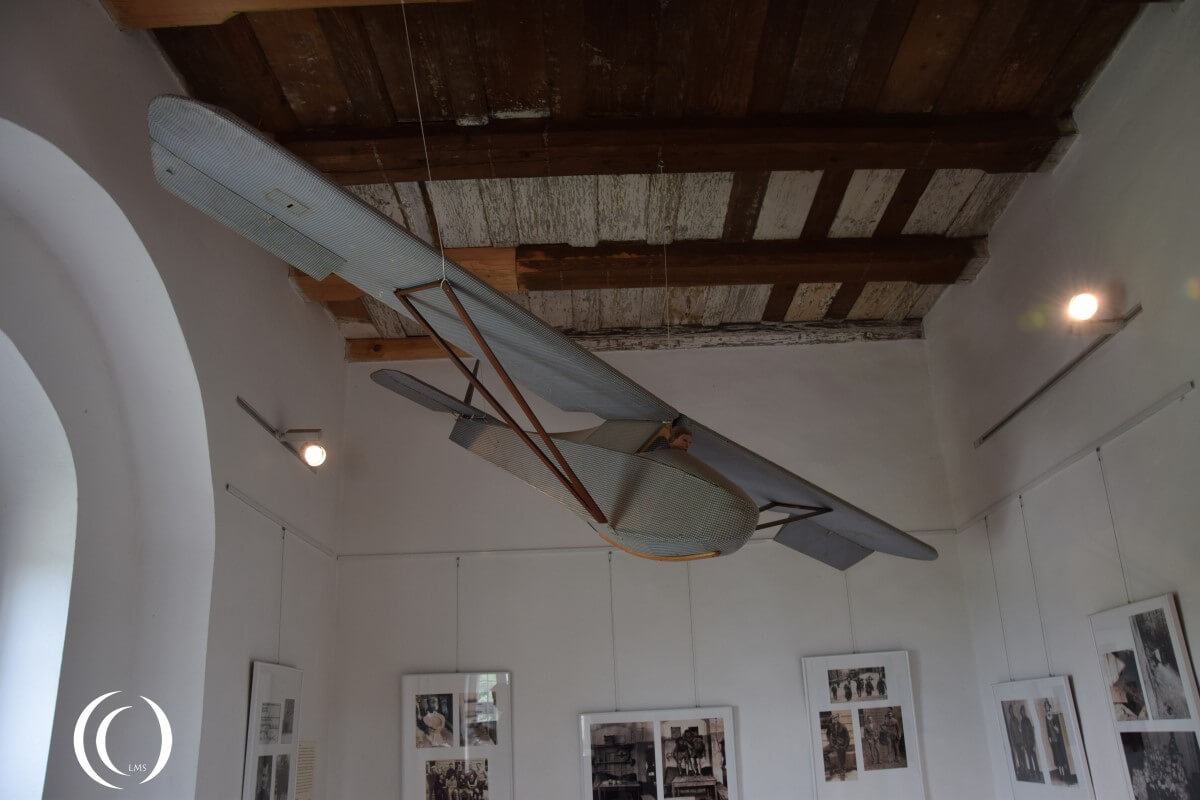
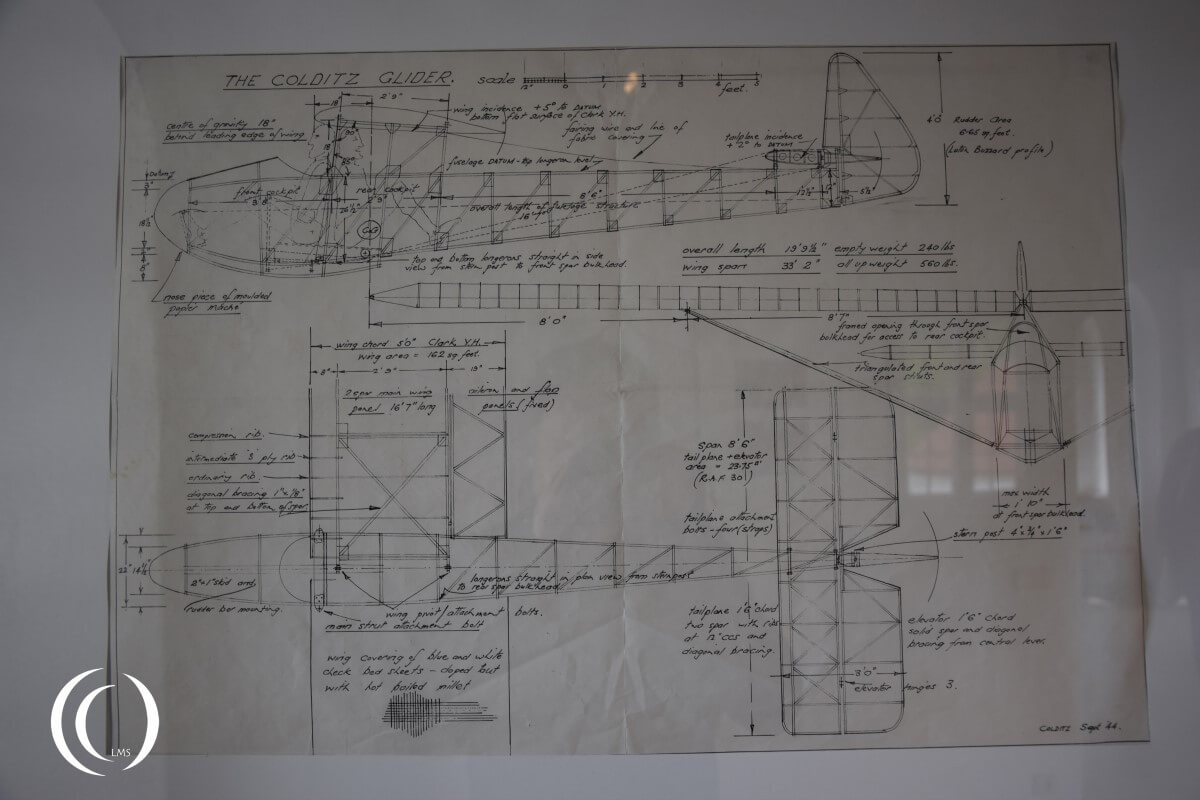
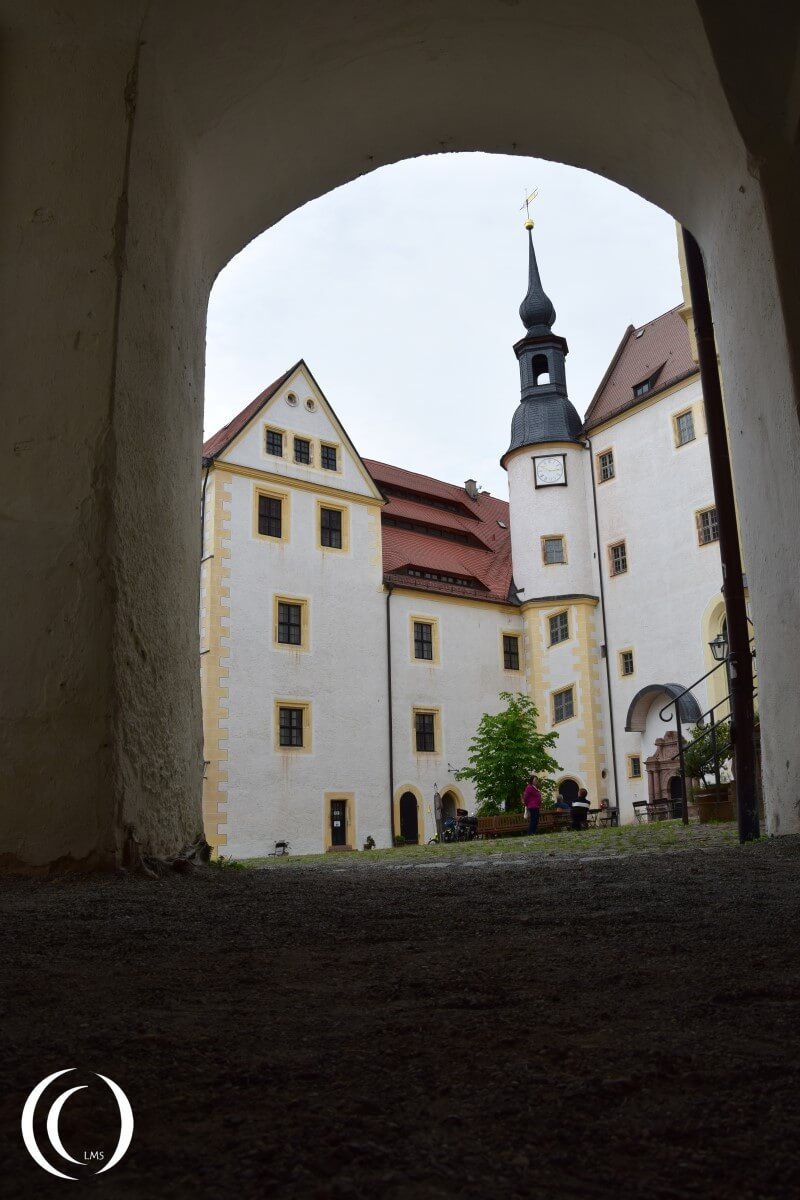
Visit
Today Castle Colditz is a museum, check the website for opening times. Parking should not be a problem in the vicinity of the Castle. If you like to stay there for a night you can check in at the youth hostel. There was more than one notable inmate in the Colditz Castle, Desmond Llewelynone for example starred in James Bond’s movies as “Q” in later life.

The home made radio on the picture is a German volksempfanger, so not homemade.The radio was not very sensitive and was used for local radio from Germany only.
Thank You Gerard